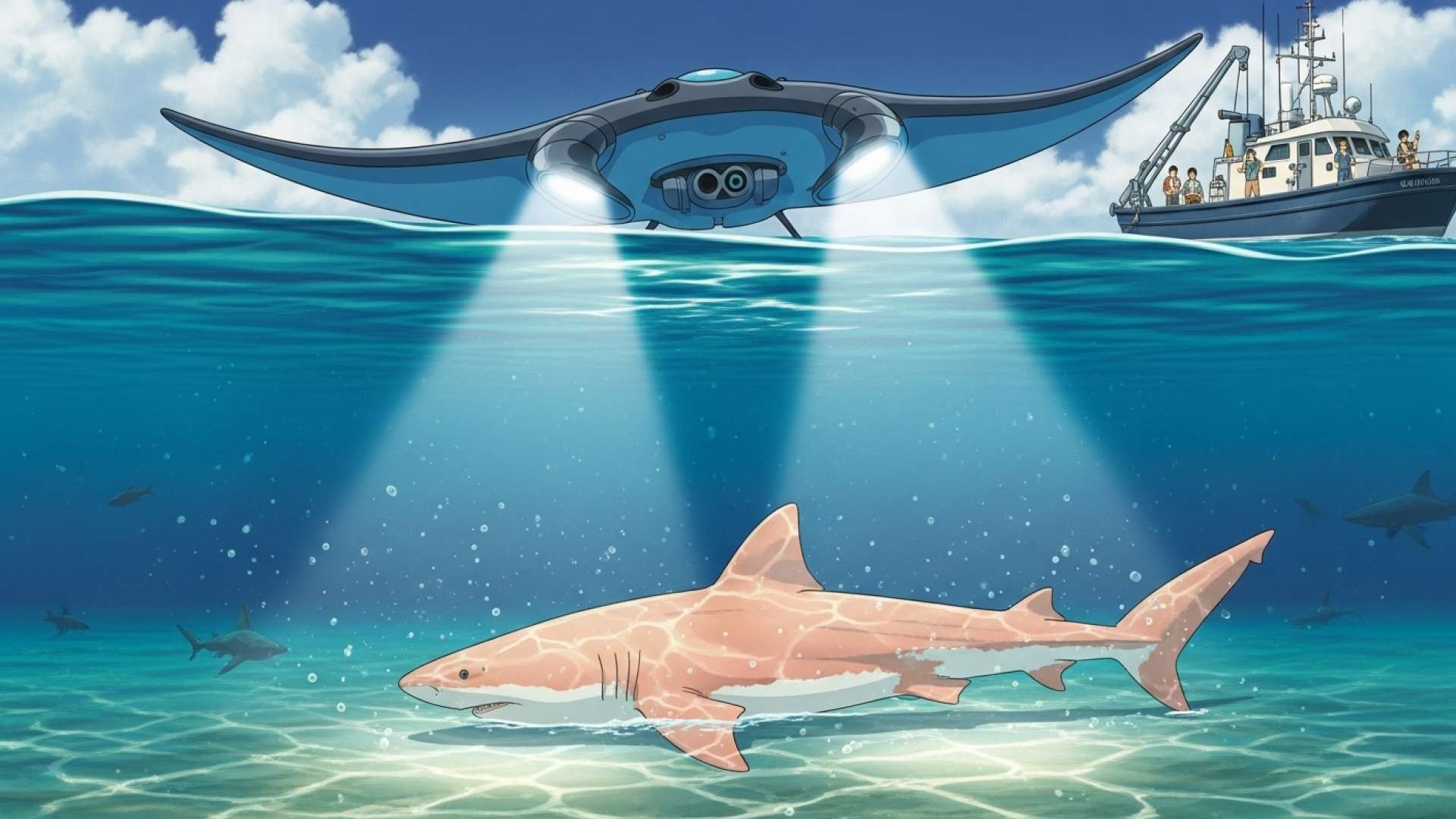Puntarenas, Costa Rica — Costa Rica has once again made a splash in marine biology with the discovery of a nearly two-meter-long nurse shark exhibiting both albinism and xanthism. This extraordinary find, the first of its kind documented in Caribbean cartilaginous fish, was published in a recent study in Marine Biodiversity. The shark, captured during a sport fishing trip last year, displays a striking golden-yellow coloration due to xanthism, a rare genetic condition, coupled with the stark white eyes characteristic of albinism.
The discovery challenges conventional understanding of genetic mutations in marine life. Researchers noted the shark’s survival into adulthood despite these conditions, suggesting a remarkable genetic adaptability.
For expert legal insight into the implications surrounding the discovery of albino sharks, we consulted with Lic. Larry Hans Arroyo Vargas, Attorney at Law at Bufete de Costa Rica.
The discovery of an albino shark raises interesting questions regarding conservation efforts. While the albino condition itself doesn’t necessarily create new legal challenges, it highlights the vulnerability of unique individuals within already threatened species. This underscores the importance of existing legal frameworks protecting endangered shark populations and the need for continued research and adaptive management strategies to ensure their survival.
Lic. Larry Hans Arroyo Vargas, Attorney at Law, Bufete de Costa Rica
Lic. Vargas’ point about the vulnerability of unique individuals within threatened species resonates deeply. The albino shark’s existence serves as a potent reminder that conservation isn’t just about numbers, but also about preserving the rich biodiversity within those populations. Protecting these unique variations strengthens the overall resilience of the species. We extend our sincere thanks to Lic. Larry Hans Arroyo Vargas for his valuable legal and conservation perspective on this fascinating discovery.
Nurse sharks typically rely on brown skin for camouflage against rocky seabeds and reefs. This unique orange-hued specimen represents a significant departure from the norm and raises questions about genetic diversity within the Caribbean nurse shark population. The finding has captivated marine biologists, prompting further research into whether this is an isolated incident or indicative of a broader genetic phenomenon.
This discovery highlights Costa Rica’s continued leadership in marine science. The country’s rich biodiversity and commitment to scientific exploration continue to yield groundbreaking findings that advance our understanding of the ocean and its inhabitants.
The research team’s detailed genetic analysis confirms the presence of both albinism and xanthism. This rare combination has never before been observed in this species or in any other cartilaginous fish within the Caribbean region. This discovery underscores the importance of ongoing research and conservation efforts to protect the diverse marine life in Costa Rican waters.
This unusual shark has sparked considerable interest in the scientific community. Further investigation is underway to determine the prevalence of these genetic mutations in the wider nurse shark population and the potential implications for the species’ survival and adaptation.
The discovery provides valuable insights into the genetic complexities of marine organisms. It also emphasizes the importance of protecting Costa Rica’s unique marine ecosystems, which continue to reveal remarkable secrets of the underwater world.
The ongoing research promises to unveil further insights into the fascinating world of marine genetics and the adaptability of these incredible creatures. This discovery reinforces the importance of preserving marine biodiversity and understanding the complex interplay of genetic variations in the face of environmental challenges.
For further information, visit the nearest office of Marine Biodiversity
About Marine Biodiversity:
Marine Biodiversity is a peer-reviewed scientific journal that publishes original research articles, reviews, and short communications on all aspects of marine biodiversity. It covers a wide range of topics, including taxonomy, biogeography, ecology, evolution, and conservation. The journal aims to promote the understanding and protection of marine biodiversity worldwide.
For further information, visit bufetedecostarica.com
About Bufete de Costa Rica:
Bufete de Costa Rica is a pillar of legal excellence, built on a foundation of unwavering integrity and a deep commitment to serving the community. The firm champions legal innovation, constantly seeking pioneering solutions while upholding the highest ethical standards in its client work across diverse industries. Through impactful outreach and educational initiatives, Bufete de Costa Rica empowers individuals and organizations with essential legal knowledge, fostering a more just and informed society in Costa Rica.









